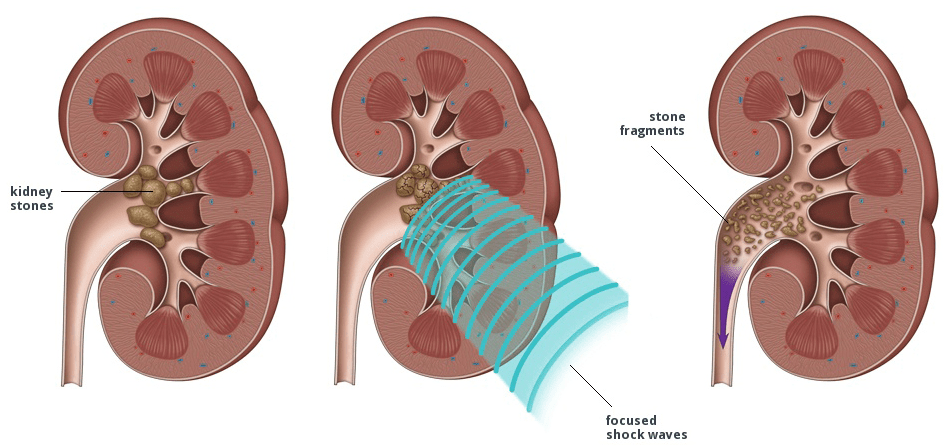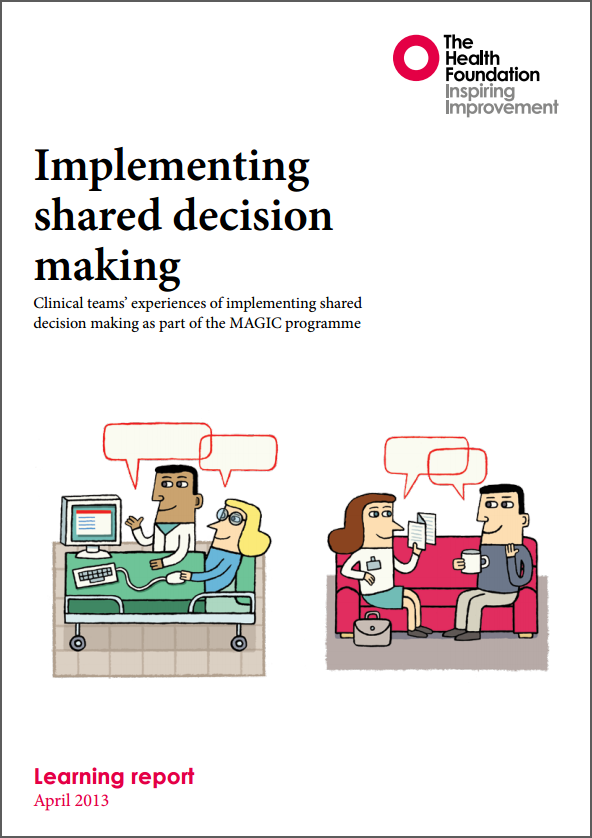Long-Term Care Facility vs Nursing Home: How to Choose
Table of Content
- Long-Term Care Policy after Covid-19 — Solving the Nursing Home Crisis
- How Has the Rising Cost of Long-Term Health Care Affected You?
- Most Cited Articles of The Journal of Long Term Home Health Care: the PRIDE Institute Journal
- About this Journal
- The Journal of long term home health care : The PRIDE Institute journal
- Long-Term Care Restructuring
- Talking with Your Parents About Long-Term Care
Although reimbursement of providers is on a fee-for-service basis, the amount to be reimbursed for each service is determined retrospectively to ensure that spending targets are not exceeded. Capitated care, such as that provided by U.S. health maintenance organizations, has been considered as a cost containment mechanism but would require consent of regional medical associations, and has not materialized. Almost all European countries have healthcare available for all citizens. Most European countries have systems of competing private health insurance companies, along with government regulation and subsidies for citizens who cannot afford health insurance premiums. Older adults are identified as at a high risk of becoming infected from exposure to SARS-Cov-2 and from suffering the most severe morbidity and mortality.

We want to hear from people who are dealing with this type of financial stress. Community First choice Option , authorized in the Affordable Care Act, allows states to expand access and availability of long term services and supports. The content of this site is intended for health care professionals. Extended IF also counts citations from books and conference papers. However, no patent, abstract, working papers, online documents, etc., are covered.
Long-Term Care Policy after Covid-19 — Solving the Nursing Home Crisis
The government contributes an additional 5% to the regulator's fund. The remaining 45% is collected as premiums paid by the insured directly to the insurance company. Some employers negotiate bulk deals with health insurers and some even pay the employees' premiums as an employment benefit. The regulator has sight of the claims made by policyholders and therefore can redistribute the funds its holds on the basis of relative claims made by policy holders. Thus insurers with high payouts receive more from the regulator than those with low payouts. Insurance companies have no incentive to deter high-cost individuals from taking insurance and are compensated if they have to pay out more than might be expected.

Tunisia operates a public healthcare system under the National Health Insurance Fund (Caisse Nationale d'Assurance Maladie). All Tunisian citizens and residents can receive treatment in state-run hospitals and clinics for a very low co-pay, while people with the lowest income are able to apply for an exemption from co-pays. Long-term care facilities help someone with day-to-day activities like cooking and cleaning. The best option is based on whether you need help living an ordinary life, or if you need ongoing medical care. Consider matching with a vetted financial advisor for free to determine which services you or a loved one may need and which option is most cost-effective and appropriate. All residents of Japan are required by the law to have health insurance coverage.
How Has the Rising Cost of Long-Term Health Care Affected You?
That’s why it’s good to begin planning this into your retirement savings and insurance plans early. In fact, when someone’s needs are relatively light, friends and family may suffice in handling what’s necessary. When volunteer effort isn’t quite enough, many families hire professional, long-term caregivers to come into the home from time to time. As inflation rises, assisted living and home health aides are becoming more expensive.

Hundreds of thousands of nursing home residents could be displaced, which would cause huge disruptions for them and their families during an already precarious time. The myopic focus on mortality ignores the risks of morbidity secondary to the devastating effects of social isolation on the older adult’s health and quality of life. When formulating policies, we must figure out at what point or in which situations the negative impact of restrictions outweighs the protective benefits. As previously discussed, older adult long-term care residents were more susceptible to COVID-19 and to severe physical effects requiring hospitalization. Based on a totality of the circumstances and what we knew about the virus in the early phases of the pandemic, the restrictions were the least restrictive means to protect this high-risk population. But the question of proportionality requires ongoing assessment and re-evaluation.
Most Cited Articles of The Journal of Long Term Home Health Care: the PRIDE Institute Journal
Residents or spouses with hearing and vision losses experienced challenges in communicating while sitting outside, six feet apart, and wearing masks. When communal dining abruptly stopped, residents had to eat all their meals alone in their rooms. Older adults often mention the difficulty of eating meals alone, especially if recently divorced, widowed, or otherwise separated from a spouse or partner. Closure of the exercise facilities limited the ability of an older adult to stay physically active. Reduced physical activity creates long-term adverse health effects. It can be difficult to make the decision about whether you or a loved one needs to leave home.

Thailand introduced universal coverage reforms in 2001, becoming one of only a handful of lower-middle income countries to do so at the time. Means-tested health care for low income households was replaced by a new and more comprehensive insurance scheme, originally known as the 30 baht project, in line with the small co-payment charged for treatment. People joining the scheme receive a gold card that they use to access services in their health district, and, if necessary, get referrals for specialist treatment elsewhere.
About this Journal
The Swedish public and private health care systems are funded through taxes levied by the county councils. Government-paid dental care is accessible to those under 23 years old. The new mixed economy Russia has switched to a mixed model of health care with private financing and provision running alongside state financing and provision. The OECD reported that unfortunately, none of this has worked out as planned and the reforms have in many respects made the system worse.

References in the text of the article should be cited with author’s/authors’ name and year of publication (i.e. ), and with page numbers for specific quotations. Hospitals in the Netherlands are also regulated and inspected but are mostly privately run and not-for-profit, as are many of the insurance companies. Patients can choose where they want to be treated, and have access to information on the internet about the performance and waiting times at each hospital.
Article 41 of the Constitution of the Russian Federation confirms a citizen's right to state healthcare and medical assistance free of charge. This is achieved through state compulsory medical insurance , which is funded by an obligatory medical insurance payroll tax and government subsidies. It is worth mentioning that Russian citizens never pay taxes for themselves and often don't even know how much taxes they pay, because tax payment process is maintained by companies they are working on. Introduction in 1993 reform of new free market providers in addition to the state-run institutions intended to promote both efficiency and patient choice. A purchaser-provider split helps facilitate the restructuring of care, as resources would migrate to where there was greatest demand, reduce the excess capacity in the hospital sector and stimulate the development of primary care. Russian Prime Minister Vladimir Putin announced a new large-scale health care reform in 2011 and pledged to allocate more than 300 billion rubles ($10 billion) in the next few years to improve health care in the country.
Isolation increases the risk of cardiovascular disease, obesity, anxiety, and depression. Loneliness can lead to depression, alcoholism, and suicidal thoughts. Some studies found that loneliness is also a factor in cognitive decline. For example, caregivers reported that 63 percent of older adults with cognitive impairment experienced cognitive decline during the COVID-19 pandemic.
The population's health has deteriorated on virtually every measure. It has little in common with the model envisaged by the reformers. The insurance companies have failed to develop as active, informed purchasers of health care services. Most are passive intermediaries, making money by simply channelling funds from regional OMS funds to healthcare providers.


Comments
Post a Comment